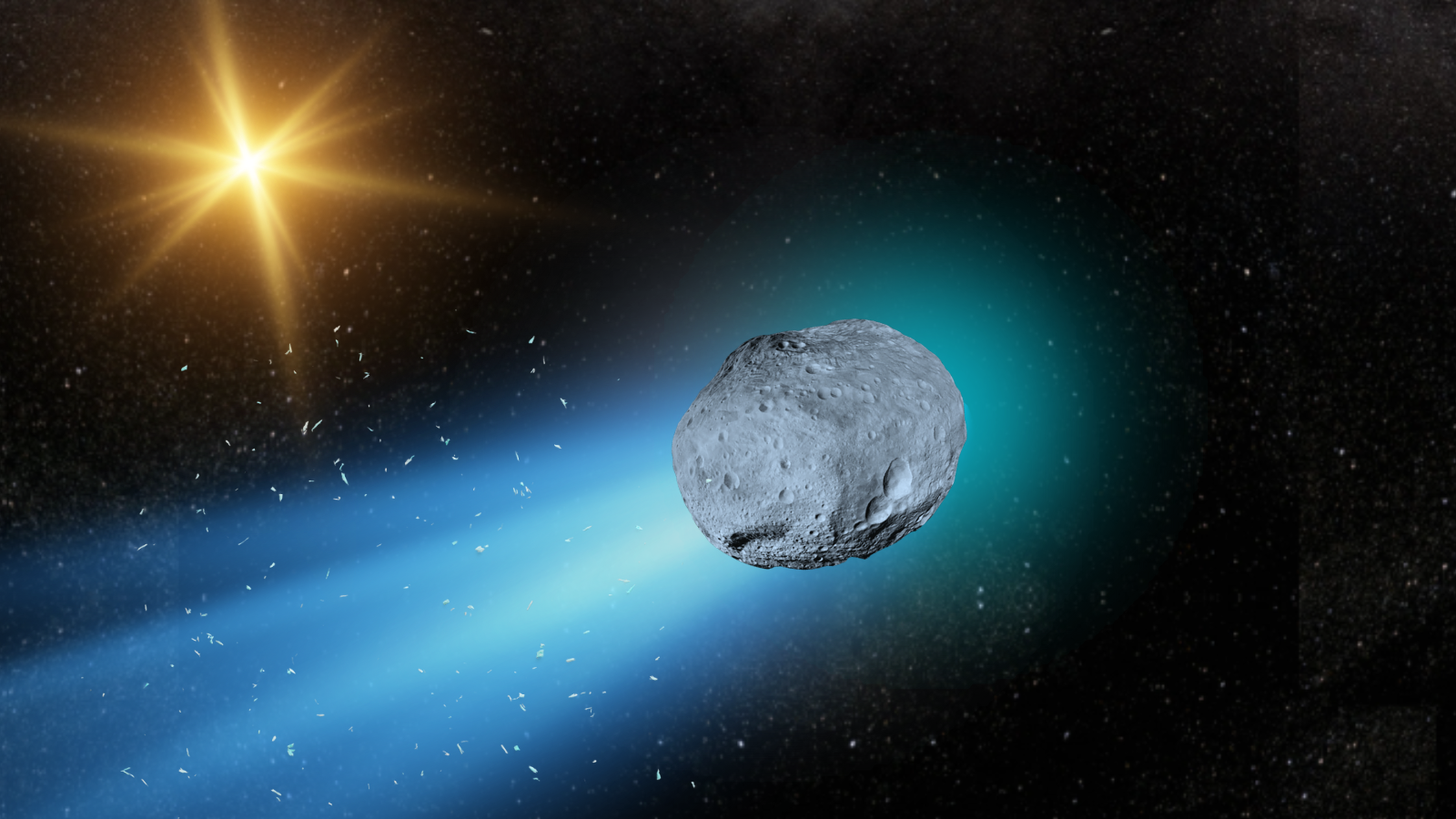Key takeaways
- An ESA-affiliated researcher claims combined observations of 3I/ATLAS cannot be reconciled with known natural comet behavior.
- Data cited include extreme, recoil-free mass loss, unexpected nickel vapor, and manufactured-like dust — features the researcher argues point to a Q-ball (non-topological soliton) hypothesis.
- Scientists are urged to continue optical monitoring and target high-energy observatories (gamma-ray, X-ray) to test whether the object emits a non-thermal particle signature.
Introduction — when the comet doesn’t behave like a comet
An internal claim from a researcher working with the European Space Agency has rekindled debate over the nature of 3I/ATLAS, the interstellar object that has been tracked through its passage of the inner solar system. According to the researcher’s detailed memo, months of cross-instrument analysis produce a cluster of contradictions: massive, sustained outgassing with no recoil; volatile chemistry (including atomic nickel) at implausibly low temperatures; and dust whose optical and polarization properties match neither typical cometary grains nor natural regolith. Taken together, the document argues, the simplest consistent explanation is not a conventional comet but a macroscopic, particle-physics object known as a Q-ball — a radical claim that demands rigorous verification.
The data that won’t fit known models
The researcher describes repeated measurements of ~150 kilograms per second of gas and dust loss — a huge, sustained mass-loss rate. Under normal physics that outflow would produce observable thrust or rotational modulation; it does not. Likewise, spectroscopy reportedly shows atomic nickel outgassing in conditions where nickel should be solid, and the distribution of materials appears to switch on and off with tiny changes in solar heating. Polarization and reflectance analyses return values far outside cometary norms, implying large, porous, black grains unlike anything seen in natural comet dust.
The memo frames these anomalies not as isolated oddities but as a single self-consistent problem: either our population and ejection models for interstellar debris are catastrophically wrong, or the object is powered by an internal, non-standard mechanism.
Q-ball hypothesis: radical but internally coherent
A Q-ball is a theoretical non-topological soliton — a stable, macroscopic field configuration proposed in some particle-physics models and sometimes discussed in dark-matter research. The researcher argues that a Q-ball would naturally explain several observed paradoxes: isotropic mass loss with negligible recoil (the “no recoil” problem), a steady internal energy source that renders solar heating irrelevant, and exotic outflow chemistry produced as byproducts of an internal decay process. In this reading, the odd dust and toxic gases are exhaust, not primordial materials. The memo frames the Q-ball as the only known physical model that renders the data coherent — explicitly a hypothesis, not a conclusion.
What scientists should do next
The memo makes two testable prescriptions. First, continue high-cadence optical and infrared monitoring as the object recedes: a natural comet should dim and change composition predictably with distance; a Q-ball–driven object would sustain anomalous activity. Second — and critically — point gamma-ray and high-energy instruments at 3I/ATLAS. If an internal particle-decay engine exists, it may produce a stable, non-thermal high-energy signature distinct from solar wind interactions. Detection of such emission would transform the question from speculative to empirical.
Conclusion — extraordinary claims demand extraordinary scrutiny
Whether 3I/ATLAS ultimately proves to be an exotic remnant of early-universe physics or a new class of natural object, the claim underscores the scientific imperative: anomalies must be followed by open, repeatable observations. The ESA researcher’s memo is a call to the community to treat the data seriously, to run independent analyses, and to prioritize high-energy observations now. If verified, the implications would ripple across astrophysics and particle physics; if falsified, the exercise will still tighten constraints on interstellar object models. Either way, 3I/ATLAS has become a test case in how modern astronomy converts baffling data into robust knowledge.
Disclaimer: The information in this article is for general purposes only and does not constitute financial advice. The author’s views are personal and may not reflect the views of GameDegen.com. Before making any investment decisions, you should always conduct your own research. GameDegen.com is not responsible for any financial losses.



